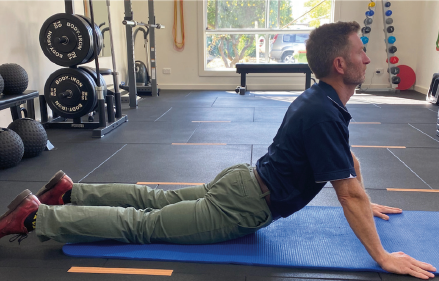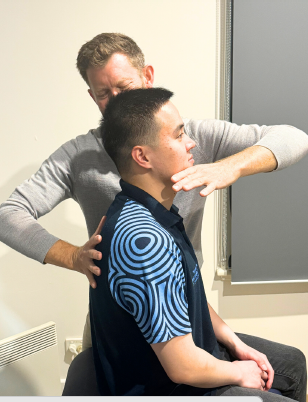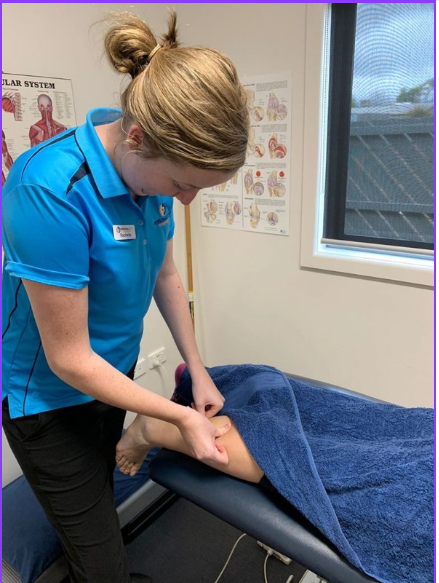Low back pain is the leading cause of disability in Australia and remains one of the most common presenting musculoskeletal conditions to primary care. In 2022, The Australian Commission on Safety and Quality in Health Care (the “Commission”) developed the Low Back Pain Clinical Care Standard to guide clinicians on the management of low back pain. In this issue of Physio Referrer we look at some of the key statements from the standard, to encourage a collaborative approach between physiotherapists and referrers.
What is a Clinical Care Standard?
Clinical care standards focus on key areas of care where the need for quality improvement is greatest. A clinical care standard contains a limited number of quality statements that specify the care patients should receive that is consistent with current best evidence. Guided by a comprehensive review of international and national guidelines, the standard was drafted over a series of meetings by the Commission and a working group comprised of representatives from the professions who manage low back pain, NPS MedicineWise, consumer advocacy groups and independent experts.
Implementing the Clinical Care Standard
There are eight quality statements contained within the Low Back Pain Clinical Care Standard, relating to different aspects of patient care. These are listed in below. As a physiotherapy practice working alongside General Practitioners and other referrers, we strive to provide care that is consistent with the Low Back Pain Clinical Care Standard. Having these 8 quality statements described clearly helps physiotherapists and referrers to be on the same page when it comes to providing care for patients with low back pain. We’d like to draw your attention to two of these quality statements as they relate to physiotherapy.
1. Initial Clinical Assessment
The assessment of a patient with a new presentation of low back pain (with or without leg symptoms) focuses on screening for serious or specific pathology, understanding their current functional impairment, and screening for psychosocial factors. It includes a targeted history and physical examination, with a focused neurological examination where appropriate.
One of the goals of the initial assessment is to identify strategies that are likely to help the patient in the short-term. These can include targeted exercises or stretches, advice about positions and activities to avoid, what activities the patient CAN do, and hands-on treatment for symptom relief. The earlier we implement these strategies the better, so we encourage you to refer your patient with low back pain to physiotherapy sooner rather than later. If you would like your patient to be seen the same day that they see you, please call us and we will do our best to fit them in.
2. Encourage self-management and physical activity
We always encourage self-management and an active recovery for our patients with low back pain. This is not only consistent with the Clinical Care Standard but also reflects one of our core values as a practice-“Exercise is Medicine.” For patients with low backpain, this typically involves:
Identifying if your patient has directional preference: Are they in the majority of low backpain patients who benefit from moving in a particular direction, in the short term, to help reduce their symptoms and improve their movement? This could be some form of lumbar extension, side glide or flexion/rotation.
Being clear on what your patient should AVOID in the short-term. This often includes reducing sitting for a week or two, as sitting tends to make mechanical back pain worse, as well as looking for ways to reduce aggravating movements and positions both at home and at work.
Advising your patient on what they CAN do. As most patients with mechanical back pain prefer to be on the move rather than being still, we look for activities they CAN engage in. This could be walking, gentle exercise in the pool, or some light activities at home. These aspects of self-management must be clearly communicated to the patient, with their home exercises written clearly, for them to follow between their initial assessment and second visit.






